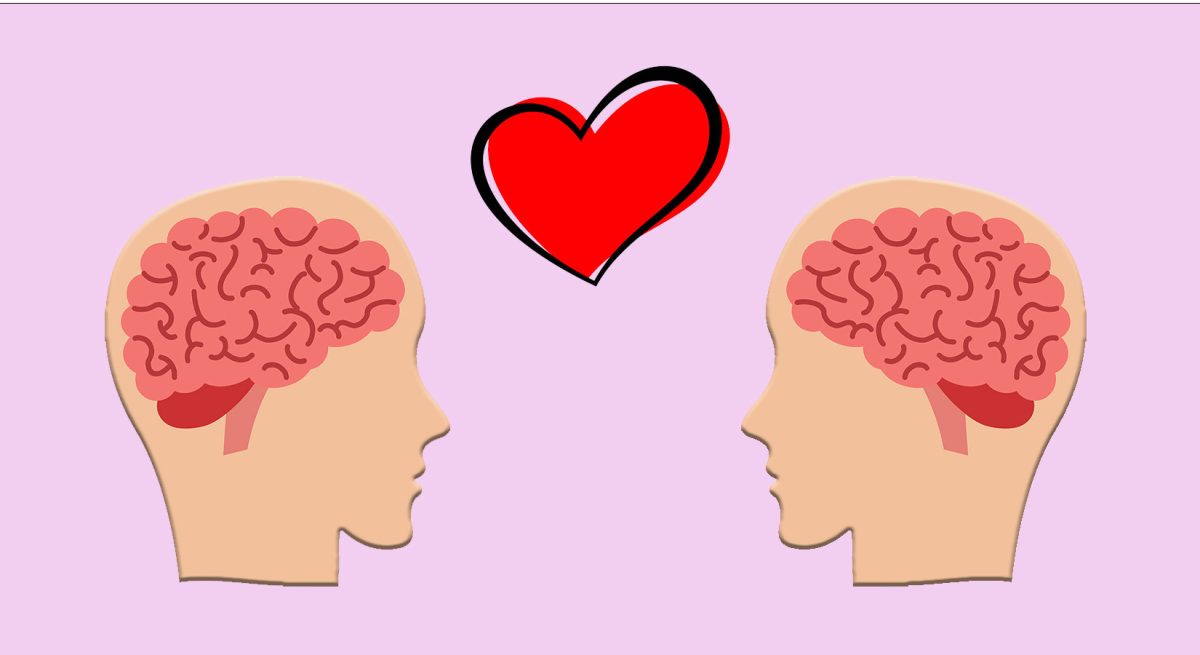The psychology of love is intricately linked to neuroscience, as the brain plays a central role in experiencing and expressing affection. Neurotransmitters such as dopamine, serotonin, and oxytocin are key players in the complex web of emotions associated with love. Dopamine, often referred to as the “feel-good” neurotransmitter, is associated with reward and pleasure, creating the euphoria that accompanies falling in love. Serotonin, responsible for mood regulation, contributes to feelings of contentment and stability (and sometimes nerves and overthinking). Oxytocin, known as the “bonding hormone,” enhances emotional connections, attachment, and trust. Love hormones can be experienced in a lot of different contexts, not just romantic relationships. Here are a few natural and positive ways to enhance the release of love-related neurotransmitters no matter your current relationship status:
- Physical Touch and Affection: Encourage activities that involve physical touch and affection, such as hugs, handshakes, or friendly pats on the back. Physical touch stimulates the release of oxytocin, promoting feelings of connection and trust.
- Social Bonding Activities: Organize social events and bonding activities that facilitate social interaction. Engaging in group activities or team sports can trigger the release of dopamine, the pleasure neurotransmitter, reinforcing positive feelings.
- Mindfulness Meditation: Mindfulness practices have been linked to increased serotonin levels, contributing to a sense of calm and contentment. Mindfulness has been linked to increased activity in brain regions associated with empathy and emotional regulation, fostering a more positive and empathetic environment.
- Shared Experiences: Participating in novel and enjoyable activities together can trigger the release of dopamine, strengthening the pleasure associated with being around each other.
- Expressing Gratitude: Expressing gratitude has been associated with increased dopamine production, promoting a positive and appreciative atmosphere among students.
- Collaborative Learning: Working together on projects or group assignments can stimulate the release of oxytocin and create a sense of shared accomplishment.
- Physical Exercise: Exercise is linked to increased serotonin levels, contributing to improved mood and overall well-being.
- Healthy Nutrition: Nutrient-rich foods support optimal brain function and neurotransmitter production. Good nutrition allows for the power to show up and actively engage in life.
- Sleep Hygiene: Quality sleep is essential for the regulation of neurotransmitters and overall mood.
- Peer Support Networks: Positive social interactions with friends and peers can trigger the release of oxytocin and contribute to a sense of belonging. Even engaging with pets and nature foster similar boosts of the cuddle hormone.
By incorporating these neuroscience-informed strategies, students can create an environment that fosters positive emotions, social connections, and feelings of love on campus.

